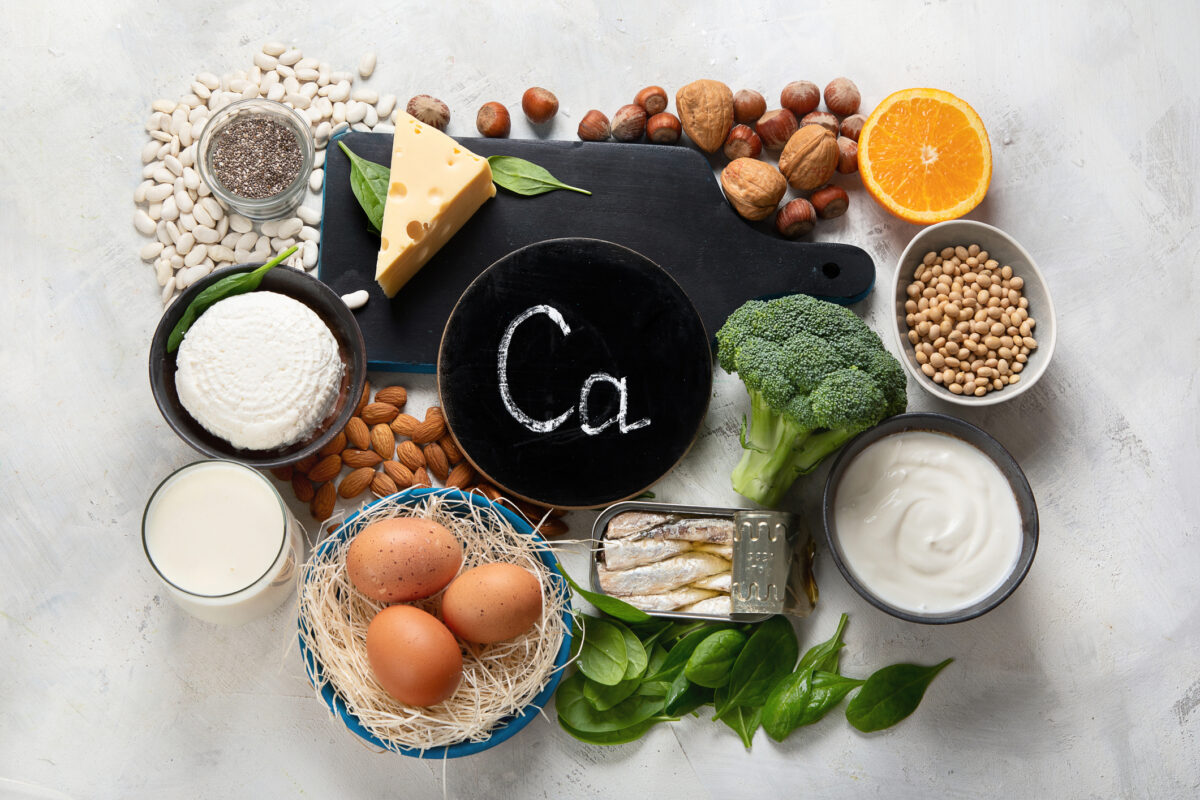Top Foods for Strong Bones and Joints According to Science
August 24, 2022
Half of women and one-quarter of men over 50 will suffer a bone fracture due to bone and joint degradation. In addition, more than 300,000 seniors over 65 suffer hip fractures each year.
The American Academy of Orthopaedic Surgeons states that sufficient calcium and vitamin D levels play a significant role in supporting robust bones and joints, while other vitamins and minerals are necessary to treat damage.
A diet also rich in magnesium, vitamin C, phosphorus, vitamin K, and vitamin A, along with daily physical activity, can help preserve bone mass and keep joints limber, improving well-being and independence.
Recommended nutrient intake for strong bones and joints
According to the Office of Disease Prevention and Health Promotion, the average senior aged 55 and older should aim for a bone and joint-supporting diet that provides these daily nutrient levels:
- Calcium: 1,200 mg
- Protein: 46–56 g
- Phosphorus: 700mg
- Magnesium: 320–420 mg
- Vitamin C: 75–90 mg
- Vitamin A: 700–900 mg
- Vitamin D: 600 IU (15 mcg)
- Vitamin K: 90–120 mg
Age, weight, and other health issues affect how much of these nutrients is safe to consume, so please consult your health professional before starting any diet.
Dr. Naim Mallouf, a specialist in osteoporosis and bone health at UT Southwestern Medical Center, notes that about half the women he follows at his practice don’t get enough calcium. However, it’s also important to note that excess calcium can cause kidney stones and heart problems. “A small minority — about five percent of my patients — consume too much calcium,” says Dr. Mallouf.
Top foods for strong bones and joints
Dairy and eggs
Dairy products like cheese, milk, and yogurt are high in bone-building calcium and are simple to incorporate into a daily meal plan. If your weight is a concern, opt for low-fat versions that still help you reach the daily calcium recommendation for seniors.
Here’s what an eight-ounce serving of plain whole-milk yogurt supplies:
- Calcium: 29 6mg
- Protein: 10 g
- Phosphorus: 233 mg
Greek yogurt offers about double the per-serving protein of plain yogurt.
Cheese provides calcium and protein, along with the bone- and joint-supporting vitamins A, D, and K.
Different cheese types vary in nutrient levels; an ounce of American cheese, for example, offers 293 mg of calcium, while Brie delivers 150 mg and feta, 60 mg.
For seniors, drinking or cooking with an eight-ounce glass of regular or lactose-free milk provides about 20% of the vital bone-building nutrients your body needs daily.
The yolk of one large egg provides about 40 IU of vitamin D. Egg whites, though void of this valuable nutrient, contain protein, potassium, phosphorus, and calcium. Eggs from free-range chickens or those with vitamin-fortified diets can easily have double or triple the amount.
Leafy greens
Dark leafy greens like kale, collards, spinach, bok choy, and Swiss chard are a delicious addition to meals and pack impressive levels of bone-building nutrients.
A single cup of raw kale exceeds the daily value of vitamins A, K, and C recommended for seniors, along with around 10% the daily value of calcium, magnesium, and potassium.
Vitamin K has been scientifically shown to improve bone density, especially in post-menopausal women. The nutrients found in cruciferous vegetables also reduce bone fractures and accelerate bone formation.
Salmon
One three-ounce serving of wild-caught salmon provides the total daily value of vitamin D recommended for seniors and a healthy amount of omega-3 fatty acids.
Salmon also has beneficial levels of phosphorus, protein, calcium, and magnesium.
Nuts, seeds, and beans
Nuts build joint and bone strength by delivering magnesium, phosphorus, and smaller amounts of calcium. Almonds, walnuts, pecans, and peanuts are ideal.
According to the National Institutes of Health, magnesium helps bones absorb calcium, and teeth and bones contain most of the body’s phosphorus.
Flaxseeds, sesame seeds, chia seeds, and pumpkin seeds are all rich in omega-3 fatty acids, ideal for reducing joint inflammation, and are a great source of magnesium, calcium, and phosphorus.
Adding seeds and nuts to salads or baked goods is a delicious way to incorporate them into your diet.
Beans of all varieties contain magnesium, phosphorus, protein, and calcium. Add edamame, kidney beans, pinto beans, or black beans to your meals several times a week for strong bones and joints.
The bottom line
Dr. Victoria Tang, an expert in geriatric research and surgical care, states that it pays off to improve and preserve bone and joint strength by following a healthy diet. Tang compares this to “putting money in the bank” as you age.
Remember that while calcium, vitamin D, and other nutrients are essential for bone health, they must be consumed safely. Be sure to talk to your doctor if you are not sure what intake levels are right for you.
From gourmet to casual, and takeout to private dining, dining at our senior living community is always something to look forward to. Contact us to find out more about our services and amenities.




